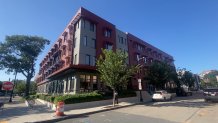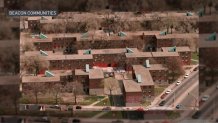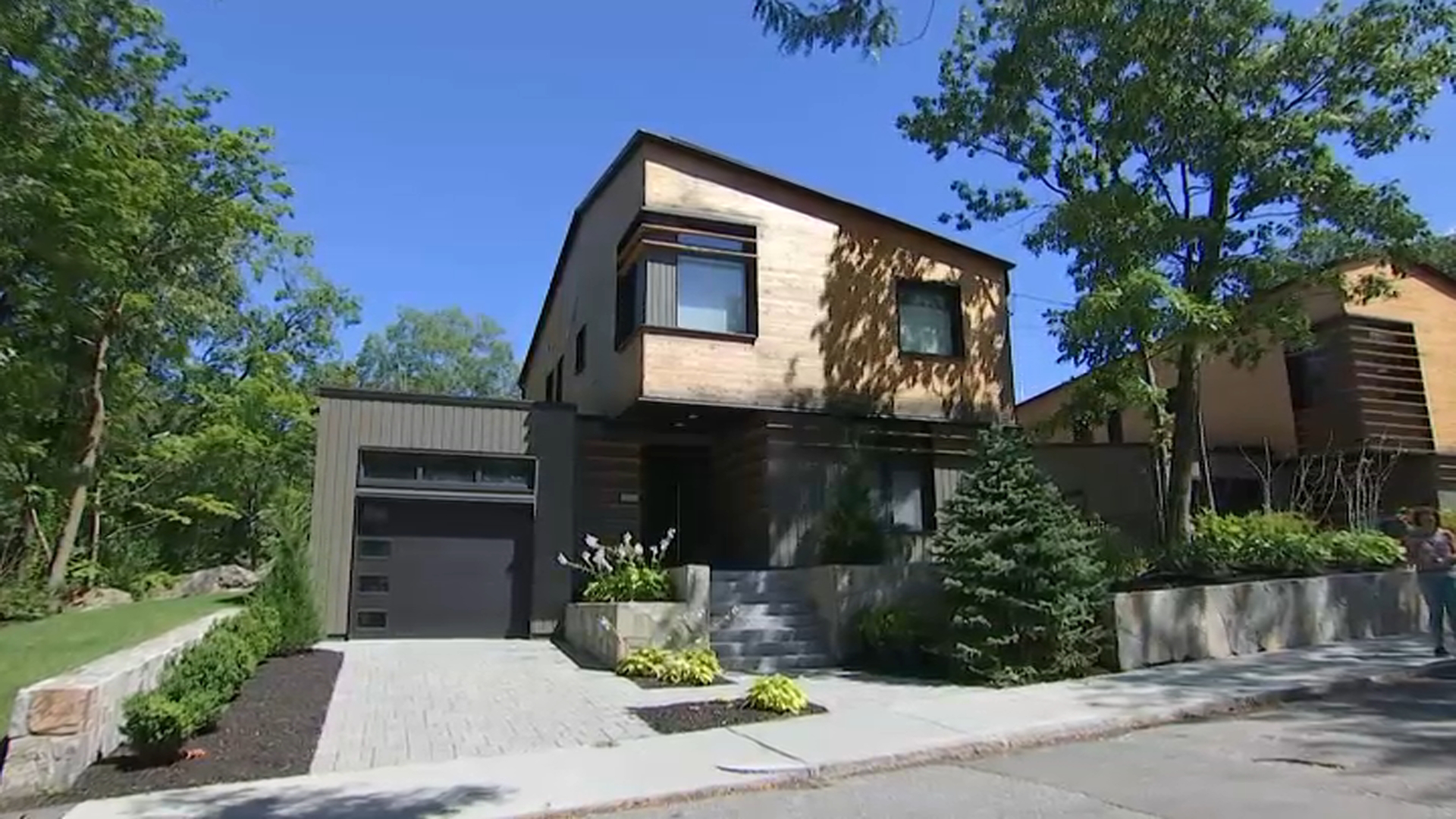It’s been nearly two months since Boston Mayor Michelle Wu, signed an executive order banning fossil fuels from city buildings by the year 2050, and work toward those goals is well underway.
The Boston Housing Authority holds one of the city's largest shares of the city’s greenhouse gas emissions. The BHA’s fossil fuel-free target is even more aggressive — it hopes to be carbon-free by 2030.

Joel Wool, deputy administrator for Sustainability and Capital Transformation, says the housing authority has sustainability top of mind in its 10,000-unit portfolio. The entity has started integrating low-energy and carbon-free building practices.
Get Boston local news, weather forecasts, lifestyle and entertainment stories to your inbox. Sign up for NBC Boston’s newsletters.
Wool says “rapidly reducing emissions” is important, but aggressive action should prioritize people of color, and low-income residents of Boston, as they are least responsible for the climate crisis.
”What we're doing when we retrofit public housing and what when we make it more sustainable is we're ensuring that the people who have been bearing the greatest burdens of the climate crisis can also benefit from the new green future that we were trying to build together,” Wool adds.

One of those facilities undergoing replacement and renovation is the Homes at Anne Lynch at Old Colony. Architects identified it as one of the nation’s oldest federal public housing developments. The campus has undergone extensive renovations, modifications and rebuilds, since its original inception in 1940.
The sustainable multi-building campus design is the result of partnerships between the City of Boston, the BHA, The Architectural Team (TAT), and Beacon Communities.
Two phases of affordable and sustainable housing were completed nearly a decade ago. They feature improved windows and ventilation units. The enhanced ventilation has already proven significant when it comes to reducing the risk of asthma for residents, specifically children.

Phase three, most recently completed, is in use today as senior housing and is fully passive certified, by Phius standards. Adopted from international PHI standards, Phius certification has been awarded to more than 3,300 commercial, residential, and school units worldwide, including the new senior housing facility at Old Colony. Phius-certified buildings perform up to 85% better than conventional buildings.
Passive houses are known for their low energy and reduced carbon emissions.
Nate Thomas, The Architectural Team project manager, says “the most successful passive projects you're walking in and it feels the exact same regardless of what it is outside.”
In total, more than 800 units on this site will have been rebuilt once the re-development wraps up. The modifications aren’t only beneficial for the environment, but they’re attributed to bringing a ‘significant’ reduction in asthma outcomes of children in public housing.
A 2015 study published in the American Journal of Public Health looked at 188 residents in 3 Boston housing developments, one of which was Old Colony. It concluded buildings constructed to these green standards lowered the risk of an asthma-related hospital visit by 76%. It also found that children were less likely to miss school because of asthma, by nearly 80%.

More recently, a Tufts University study examined the locations of affordable housing buildings in the Commonwealth. It found that 500 affordable housing buildings are within 300 feet of a major road. And more than half (52%) of affordable housing in the state is within 600 feet of a major road. The close proximity exposes residents to Traffic-Related Air Pollution (TRAP) from cars, buses, trucks that produce greenhouse gases and pollutants.
Proximity to roadways and exposure to TRAP are associated with health impacts too.
Living within 450 feet of a highway or 150 feet of a major road is associated with a higher risk of cardiovascular impacts. The study points to a relationship between exposure to TRAP within 900-1500 feet of a highway, increases asthma in children and reduced lung function in adults. Between 450 feet of a highway or 150 feet of a major road can cause neurological system effects like degenerative diseases and memory loss.



